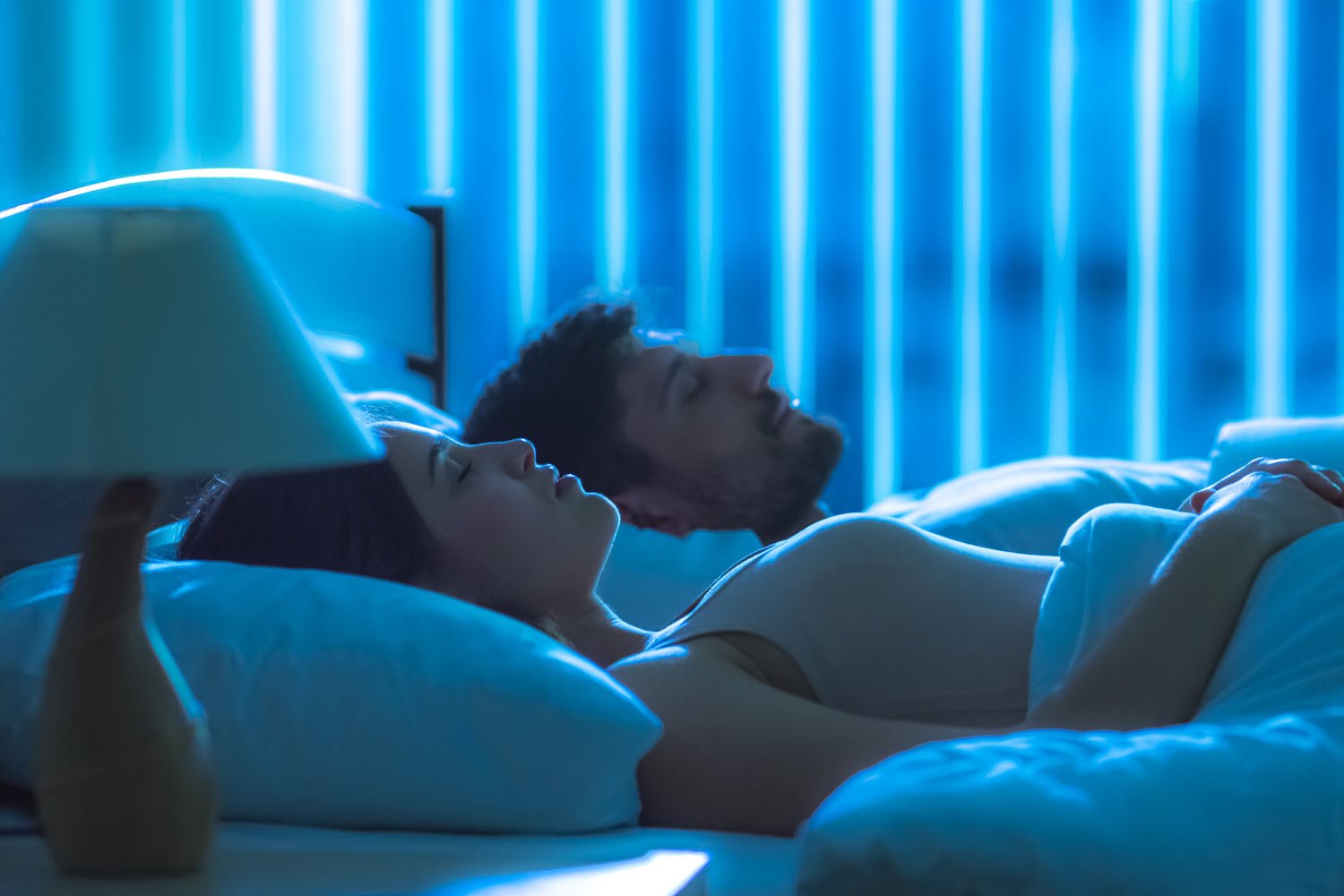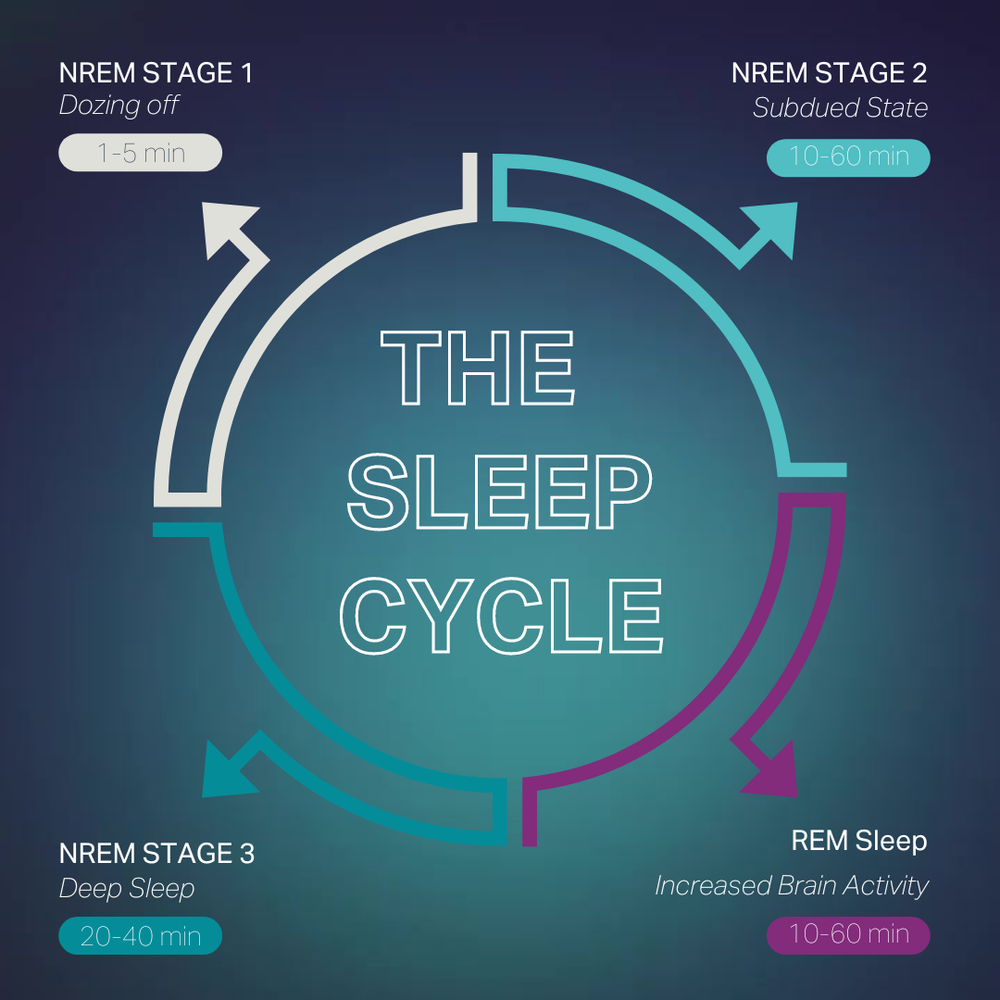
The Science Behind Sleep Phases: How the Right Pillow Can Help
Achieving high-quality sleep is crucial for our overall health and well-being. An often overlooked but critical component of good sleep is the pillow we use. Memory foam pillows, in particular, are designed to support the natural sleep cycle by catering to its various phases. Understanding the science behind sleep phases and how the right pillow can optimize these can make all the difference.
Understanding Sleep Phases
Sleep occurs in a series of cycles, each composed of four stages: three Non-Rapid Eye Movement (NREM) phases and one Rapid Eye Movement (REM) phase. Each serves a unique function in the restoration of the body and mind:
- NREM Stage 1: This initial phase is the transition period from wakefulness to sleep.
- NREM Stage 2: Deepening sleep occurs here, preparing the body for deep restoration.
- NREM Stage 3: Also known as deep sleep, this phase is crucial for physical recovery and health.
- REM Sleep: Brain activity increases, supporting cognitive functions and emotional health.
The Role of Memory Foam Pillows in Supporting Sleep Phases
The design and materials of memory foam pillows play a pivotal role in supporting these sleep phases:
- Adaptive Support: Memory foam pillows provide tailored support by conforming to the contours of the head and neck. This personalized fit helps maintain proper spinal alignment, essential during the NREM sleep when the body repairs and regrows tissues, builds bone and muscle, and strengthens the immune system.
- Enhanced Comfort During REM Sleep: The unique properties of memory foam ensure it maintains shape and support throughout the night, crucial during REM sleep when the brain is highly active and any physical discomfort can disrupt this important phase.
Benefits of Memory Foam Pillows
- Spinal Alignment: Memory foam’s ability to mold to your neck and head helps keep the spine in neutral alignment. This reduces the strain on your cervical spine, diminishing the chances of waking up with aches and improving the transition between sleep cycles.
- Pressure Relief: By evenly distributing the weight of your head, memory foam pillows reduce pressure points. This minimizes tossing and turning, allowing for longer periods of uninterrupted sleep, essential for moving through the complete sleep cycle effectively.
- Hypoallergenic Properties: Memory foam is inherently hypoallergenic, resisting common allergens such as dust mites and mold, thus reducing allergy symptoms that can disrupt sleep.
- Temperature Regulation: Advanced memory foam pillows often incorporate gel infusions or breathable open-cell structures that help dissipate heat. This feature is especially beneficial in maintaining comfort and preventing overheating during sleep, which can otherwise lead to wakefulness, particularly during the REM stage.
Choosing the right pillow involves more than seeking comfort—it’s about enhancing sleep quality by facilitating the natural sleep cycle. Memory foam pillows offer an exceptional combination of support, comfort, and health benefits, making them an ideal choice for anyone looking to improve their sleep. By aligning with the body’s natural sleep mechanics, these pillows not only enhance the quality of rest but also contribute to overall health and well-being. Investing in a high-quality memory foam pillow could thus be seen as investing in a night of better sleep and, consequently, a healthier life.

